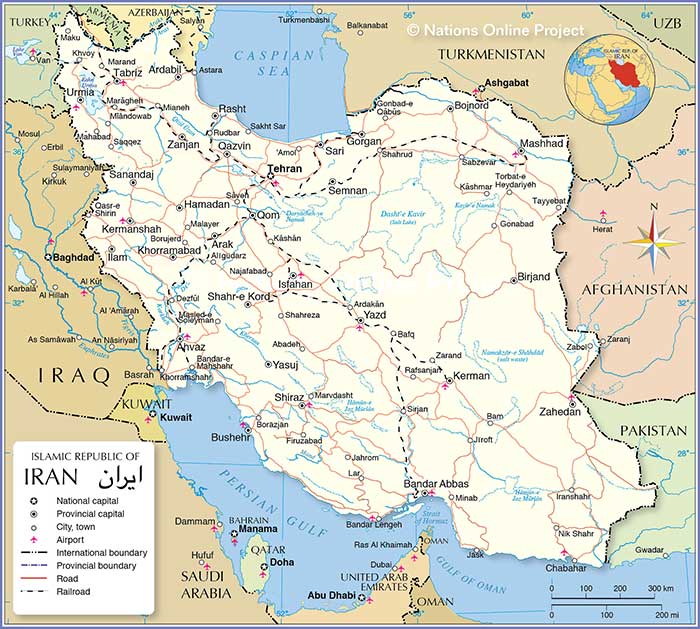Iran Extending Its National Rail Network To Capitalize On The INSTC
Iran plans to complete the construction of approximately 400 km of railway lines in the country for the current Iranian year (March 21, 2023 through March 19, 2024), according to Abbas Khatibi, the Deputy Director of the Construction and Development of Transportation Infrastructures Company (CDTIC).
The expansion is in line with Iran’s plans to better utilize opportunities created by its being part of the INSTC network. That connects Iran’s Gulf Ports with its Caspian Sea Ports, and acts as an important conduit for international multi-modal freight between South Asia, the Middle East, and Central Asia. It also connects West to Europe and North to Russia.
Khatibi specifically mentioned the 175 km long Ardabil- Mianeh railway line, which is already 80% completed and will cut the journey time by 70% between these two key cities when open. Ardabil is close to the major Astara Port, close to the border with Azerbaijan, while Mianeh is the capital of Iran’s East Azerbaijan Province.
Additionally, the 151 km long Hamadan-Sanandaj railway line should also be completed by Autumn 2023 – with it 90% completed. Hamadan is the capital city of Hamadan Province and a popular tourist destination, while Sanandaj is ethnically Kurdish and a major carpet manufacturing hub.

Khatibi also mentioned that the final 44 km of the Bostanabad-Khavaran railway line are ready to be put into use, linking western Tehran with East Azerbaijan. The East Azerbaijan Province has become important for Iran as it borders Azerbaijan, Turkiye and Iraq. All have some claims on the territory.
Khatibi also pointed out that in addition, the Rasht-Caspian railway line, which is 35 km long, is expected to be completed by late June this year. This important section is the INSTC connecting bridge between the Caspian Sea and the Persian Gulf.
About 200 km of railway lines were built in Iran over the past year, with 2023 being largely earmarked for achieving completion and connectivity – and ensuring the INSTC is a success.
Related Reading





